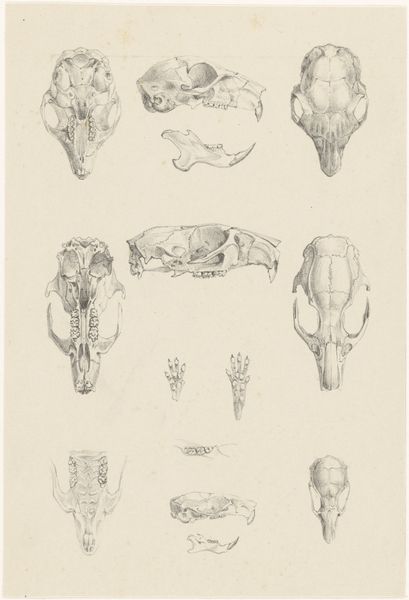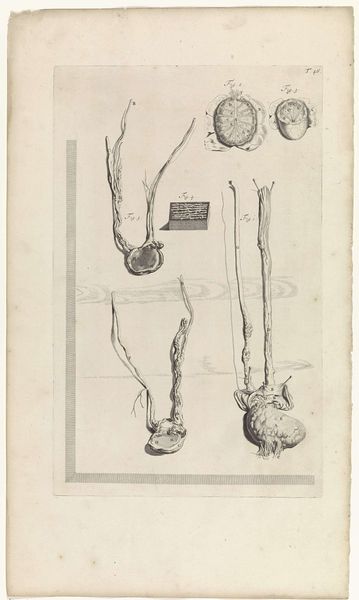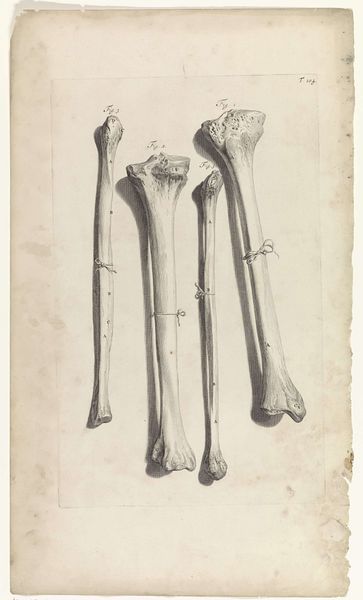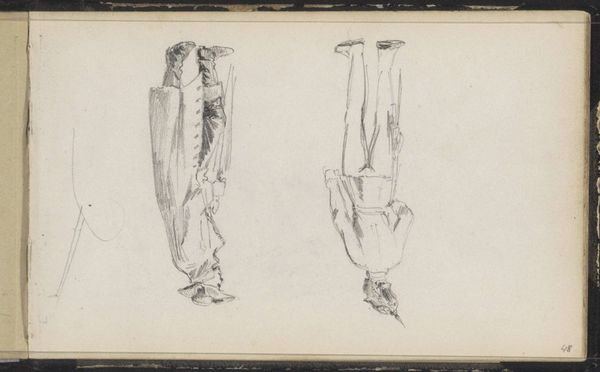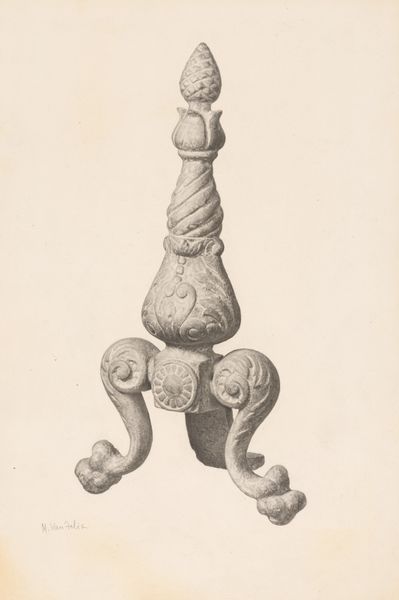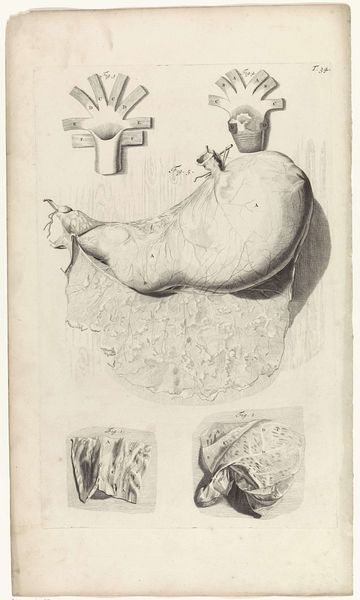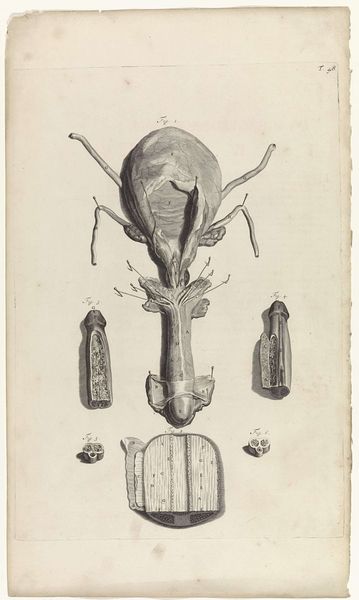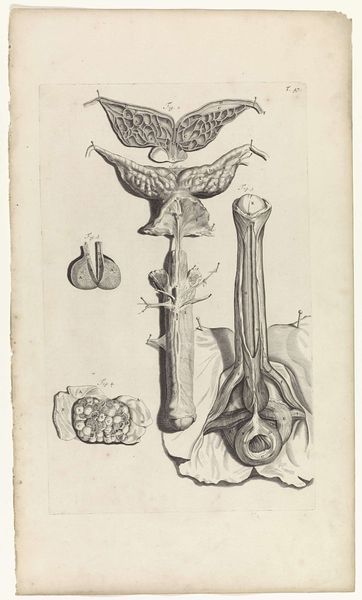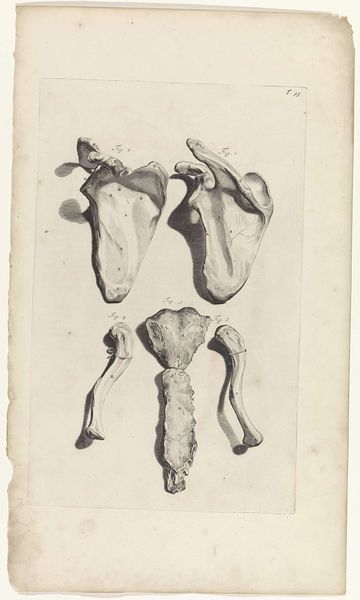
drawing, graphite
#
drawing
#
light pencil work
#
pencil sketch
#
form
#
line
#
graphite
#
history-painting
#
academic-art
#
realism
Dimensions: height 336 mm, width 240 mm
Copyright: Rijks Museum: Open Domain
Editor: So, this is "Anatomische afbeelding," or Anatomical Image, made sometime between 1752 and 1825, now at the Rijksmuseum. It's a drawing using graphite, and it strikes me as incredibly detailed and precise. I can only imagine the medical need for such accuracy. How would you interpret this work in the context of its time? Curator: That’s an interesting perspective. Consider the socio-political influences at play. How did the Enlightenment’s focus on reason and empirical observation shape artistic and scientific practices? This drawing is, after all, a product of its intersection. Editor: The Enlightenment…so a drive for objective truth above all? Curator: Exactly. The public role of art shifted as knowledge became democratized, and anatomical drawings gained value beyond the medical community. Do you see any evidence of this intended wider audience here? Editor: Well, it's incredibly meticulous. The use of graphite allows for such fine detail; it’s almost photorealistic even though photography didn't exist yet. Would these drawings have been displayed, like teaching aids? Curator: They might have been. Institutions such as medical schools would use such visual aids to communicate new discoveries. Think about the political ramifications of readily available knowledge, compared to controlled knowledge dissemination within the Church or monarchy of prior centuries. What do you suppose was revolutionary about detailed anatomical sketches becoming part of the public discourse? Editor: Hmm…maybe it was revolutionary because it moved away from symbolic representations and toward realistic observation of the body, influencing medical training and shifting public perception of what could be known. I guess I hadn’t thought about this in that way before. Curator: It's the fascinating connection between artistic practice, scientific progress, and cultural values. Looking at the social context allows for us to learn what impact the drawing has had. Editor: I see that now! It highlights the artwork as an educational tool. Curator: Precisely. A lot can be interpreted and found in the world surrounding the work, making it more complete.
Comments
No comments
Be the first to comment and join the conversation on the ultimate creative platform.

